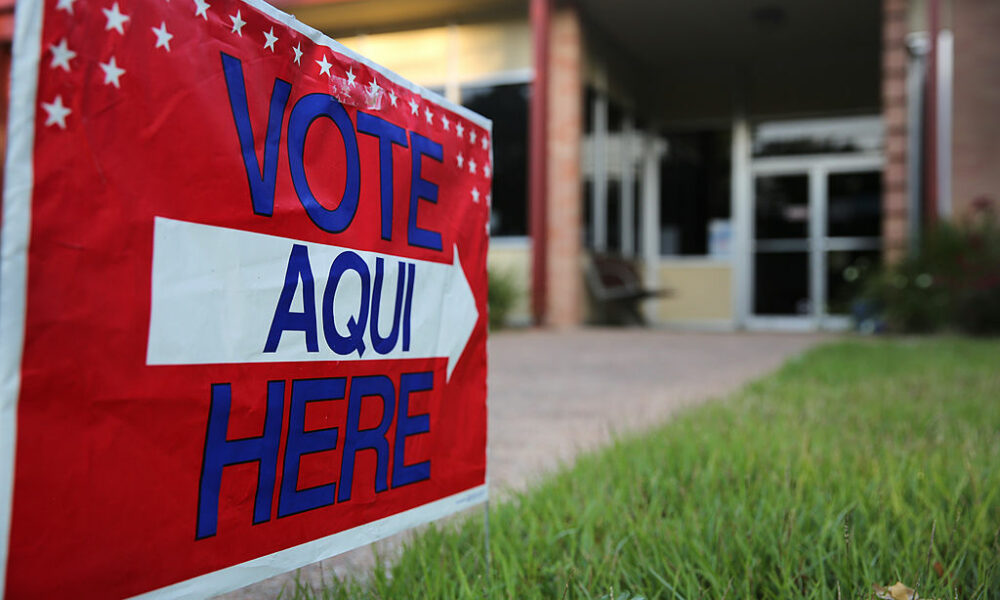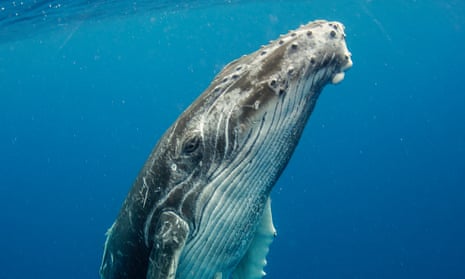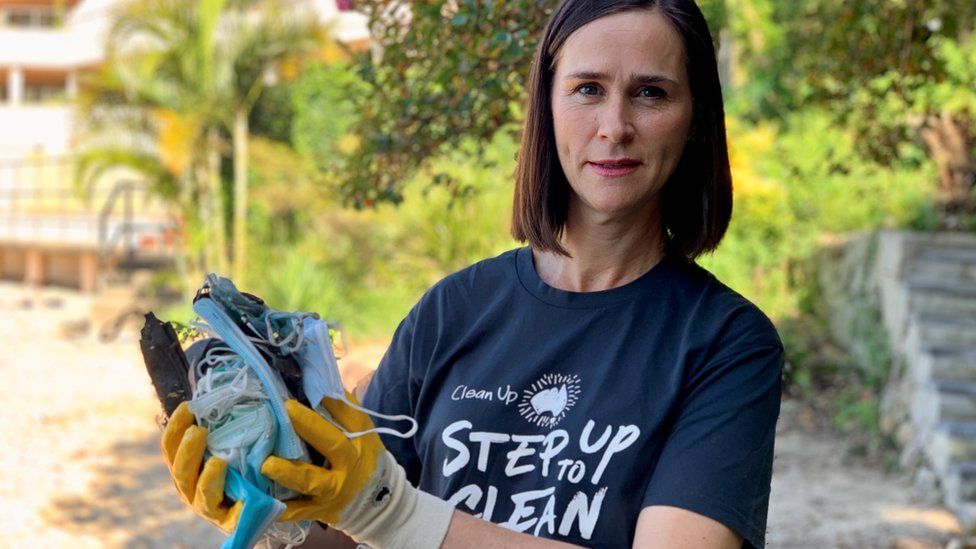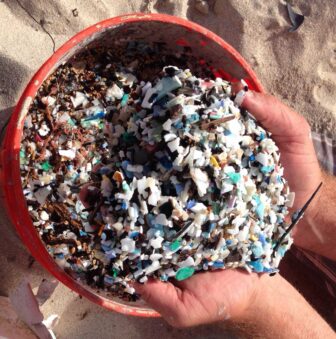They say everything is bigger in Texas — and that includes the scale and brazenness of voter suppression efforts. The 2020 election saw record turnout in the Lone Star State, an 8% increase from 2016 overall and a 9% increase among nonwhite Texans. In a healthy democracy, such a substantial jump in voter participation — especially in a state plagued by notoriously low turnout — would have been cause for celebration.
But Texas Republicans only saw peril. Echoing former President Donald Trump and the national hysteria over election fraud — the same Big Lie that led to the failed Jan. 6 coup attempt — Gov. Greg Abbott called a special session of the state Legislature in the summer of 2021 to rush a slate of new voting restrictions into law. The fact that a multimillion dollar audit of the 2020 election by the Texas secretary of state found no evidence of widespread voter fraud did not deter the passage of SB1, with the Orwellian title of the Election Integrity Protection Act. “Senate Bill 1 ensures trust and confidence in our elections system,” Abbott said at the signing ceremony on Sept. 7, 2021, “and most importantly, it makes it easier to vote and harder to cheat.”
For Black and Latino Texans, who have fought against disenfranchisement for generations — and who have paid an especially high price for the environmental and public health damage wrought by the unregulated oil, gas and chemical industries that are among the perennial top donors to Republican campaign coffers — the timing and intention of SB1 could not have been more clear: It had nothing to do with “election integrity” and everything to do with limiting the influence of likely Democrat voters, especially Texans of color.
“It didn’t make any sense,” said Bridgette Murray, a registered nurse, environmental activist and community organizer from Pleasantville, on Houston’s east side. “We were in the middle of a pandemic, and you’re saying people can’t use a drop box?”
“They make people believe their vote doesn’t mean anything. Nothing ever changes, so why bother?”
~ Elida Castillo, CHISPA Texas
Houston is in Harris County, where election officials expanded access to the polls in 2020 with measures like extended early voting, curbside and drive-through voting, 24-hour voting and broader availability of mail-in ballots, all of which made voting easier for working-class people and people who were concerned about exposure to COVID-19. Harris County’s voting access efforts were successful: Turnout jumped about 25% from 2016, equivalent to more than 300,000 additional voters casting ballots. But activists like Murray have good reason to worry that turnout won’t be so high in 2022: SB1 restricts or bans most of the measures used in Harris County to expand access to the polls. In Murray’s opinion, SB1 is just “another tool in their toolbox” to keep Texans of color from the polls — and she has witnessed the effects firsthand.
Now 69 years old, Murray, who is Black, has watched for decades as her neighborhood, Pleasantville — once a bustling community of Black laborers, professionals and small business owners — has been walled in by highways, railyards, truckyards, chemical storage facilities and other industrial businesses. In 2012, Murray founded a nonprofit called Achieving Community Tasks Successfully (ACTS) to organize Pleasantville residents to work for better air quality, reduced exposure to toxins from industrial facilities and improvements to flood mitigation, but she says she remembers a time when her neighbors could work with their elected officials to get results.
“It wasn’t unusual for there to be over 90% voter turnout back in the day, and it was basically the power of the vote that helped get a lot of the infrastructure improvements that we needed in our community,” said Murray, who cast her first vote in 1971 at age 18. “Our community leaders were able to get the funding to close open ditches, to make use of green spaces. There were a lot of infrastructure improvements at that time.”
But over the course of her life, Murray has witnessed her community’s voice in regional and state politics diminished to a whisper due to voter suppression and gerrymandering. “Voter suppression means that communities that need those dollars for infrastructure improvements can’t get them,” she said.
* * *
The history of voter suppression in Texas is as old as the state, and for more than a century, it was Democrats — anti-Reconstructionists and Jim Crow segregationists among them — who used tactics such as poll taxes, white primaries and terrorism to keep Black and Latino Texans from exercising the most fundamental right of citizens in a democracy. But the tables have turned. Now, it’s Republicans who are driving voter suppression, and the momentum of their anti-democratic efforts is accelerating.
“The Republican Party doesn’t want Black people to vote if they are going to vote 9-to-1 for Democrats,” Texas Tea Party activist Ken Emanuelson told the crowd at a Dallas County GOP event in early June 2013. Later that same month, with its 5-4 Shelby v. Holder decision, the U.S. Supreme Court struck down a provision of the 1965 Voting Rights Act meant to protect racial minorities from discriminatory voting laws. Locked and loaded in anticipation of the ruling, Texas enacted the nation’s harshest voter identification law the very next day.
Shelby v. Holder also emboldened proponents of aggressive partisan gerrymandering after the 2020 census, who used a tactic known as “cracking and packing,” which splits up voting blocs and then crowds them into a few districts. In Texas, this process was seen as a way to undercut the growing voting power of nonwhite Texans. “They make people believe their vote doesn’t mean anything,” said Elida Castillo, who was born and raised in Taft, Texas, across the bay from Corpus Christi on the Gulf Coast. “Nothing ever changes, so why bother?”
The notoriously conservative 5th Circuit Court of Appeals tends to intervene to keep restrictive voting laws on the books and has only become more aggressive with the addition of six Trump appointees. (Only four of the 5th Circuit’s 16 judges were appointed by Democrats; a Joe Biden nominee is awaiting confirmation for the vacant 17th seat.) Numerous lawsuits challenging Texas voter suppression laws on the grounds that they violate nonwhite citizens’ constitutional rights under the 13th Amendment and the Voting Rights Act have been successful in the Western District of Texas, but time and again, the 5th Circuit has stepped in to block the lower court’s decisions.
Texas has added about 4 million new residents since 2010, and 95% of the newcomers are nonwhite.
As a result, prospects have dimmed for the kinds of substantial gains in the Texas Legislature that could move the needle on environmental policy — from climate change mitigation and resilience to green energy transition to environmental justice. “Gerrymandering has impacted us greatly,” said Castillo, who lives in San Patricio County, which used to be part of Senate District 21 — stretching north from the Rio Grande Valley with zig-zag boundaries clear up to far South Austin — but which is now in Senate District 20 as a result of 2021 redistricting. “You don’t always have an open polling location in your community, especially in more rural areas,” Castillo said. “They have varied hours and they’re usually not convenient for the greater population who actually work, so they’re totally inaccessible and inconvenient.”
Because of the 2013 Shelby v. Holder decision, it was the first time since 1965 that new district maps were drawn and implemented in Texas without preclearance from the federal government. An analysis by the Texas Tribune found that the new maps protect Republican incumbents, dilute the power of nonwhite voters and increase the number of districts where Trump would have won in 2020.
Castillo works as a pro-democracy and environmental activist for CHISPA Texas, a project of the League of Conservation Voters. Like Bridgette Murray in Houston, she has seen her hometown and its surrounding areas overrun by industrial facilities — in her case, a massive plastics plant owned jointly by ExxonMobil and a Saudi partner, and a Chiniere Energy gas liquefaction plant, to name just two.
Castillo said industrial growth in San Patricio County, where she lives, has exploded as a result of the lifting of the oil export ban in 2015; four years of regulatory free-for-all under the Trump administration; and, most recently, with the surge in global demand for liquid natural gas caused by the war in Ukraine. In her work with CHISPA, Castillo helps Corpus Christi-area residents understand the environmental and public health issues that affect them as a consequence of industrial activity, and she helps them make their voices heard in public comment sessions about matters like air quality and water usage permitting.
“I want politicians who aren’t going to constantly sweeten the pot by giving these industries so much money and pushing back when they come with greenwashing pipe dreams,” Castillo said, referring to proposals from major energy companies for carbon capture and sequestration facilities in San Patricio County. “They’re being proposed by the same industries that are causing these problems. It’s like a robber saying, ‘I know I broke into your house, but hire me to fix it.’”
* * *
As Texas becomes younger, less white and less rural, Republicans have reason to worry that organizing efforts by Castillo, Murray and others like them will weaken their stranglehold on state politics. The state has added about 4 million new residents since 2010, and 95% of the newcomers are nonwhite. About 85% of the growth has occurred in the cities and suburbs of just four metropolitan areas — Houston, Dallas-Fort Worth, San Antonio and Austin — all of which chose Joe Biden over Donald Trump in 2020.
Harris County, where Murray lives, is the third-most diverse county in Texas and one of the fastest growing. In 2018, Harris County voters elected Colombia-born Democrat Lina Hidalgo to the position of Harris County judge. She has used her power of the purse to increase funding for the county’s Fire Marshal’s Office (to bolster its hazmat team) and its Pollution Control agency. Under Hidalgo, both agencies have stepped up enforcement against industrial polluters. Hidalgo has also teamed up with Houston-born County Attorney Christian Menefee, who was elected in 2020, to seek damages from major polluters in court.
It’s not hard to understand why the powerful Texas Republican politicians — who take in millions in campaign donations from the oil and gas industry — would view outspoken reformers like Hidalgo and Menefee with alarm. Abbott alone took in more than $12 million from the industry in the lead-up to the 2022 Republican primaries. In the same period, industry donors gave more than $800,000 to Railroad Commissioner Wayne Christian, the senior member of the agency responsible for regulating oil and gas companies.
The more voters in places like Harris County get to the polls, the more likely it is that Democrats who share Hidalgo and Menefee’s commitment to holding the oil and gas industry accountable and taking strong action to mitigate the risks associated with climate change will win a statewide election. That day seems to be getting closer with every election cycle. In 2018, Harris County voters helped make Beto O’Rourke’s bid for Ted Cruz’s U.S. Senate seat the most competitive performance by a Democrat in a statewide race since 1994.
O’Rourke, who is currently running an underdog campaign against Greg Abbott in the 2022 gubernatorial race, has pledged to fasttrack the state’s transition to green energy and prioritize climate change resilience. He’s trailing by a wide margin, but a Democrat running in one of the less publicized statewide races — the race for land commissioner — may have a shot at victory.
Harris County voters helped make Beto O’Rourke’s 2018 U.S. Senate bid the most competitive performance by a Democrat in a statewide race since 1994.
Democrat Jay Kleberg is running against Republican Dawn Buckingham to head the General Land Office, which oversees state public lands, the Alamo and veterans’ homes. In recent years, the agency has also overseen allocation of federal recovery funds in the aftermath of Hurricane Harvey, which brought devastation to huge swaths of the Gulf Coast. Houston and its surrounding areas bore the brunt of damage totaling an estimated $125 billion. But in 2021, when outgoing Land Commissioner George P. Bush announced the recipients of the first round of $1 billion in federal relief funding, the city of Houston got nothing.
Houston’s inexplicable exclusion from relief allocations prompted lawsuits and, eventually, in March 2022, a letter from the U.S. Department of Housing and Urban Development threatening an investigation and a potential referral to the Justice Department. HUD’s letter claimed the GLO’s process for awarding funds “discriminated on the basis of race and national origin” and “disadvantaged minority residents with particularly disparate outcomes for Black residents.” As of October 2022, the matter is still tied up in litigation and bureaucratic disputes.
Kleberg has said that he would have directed at least 50% of the first round of relief funds and mitigation funds to Houston and that he would use the GLO’s resources to make the Gulf Coast more resilient to climate change. A second round of $1.2 billion in relief funds is still pending, and if Kleberg wins the race for land commissioner this month, he will have an opportunity to make future disbursements more equitable.
Like many of her fellow Houstonians, Bridgette Murray is frustrated by the delays, and she does not have much hope that help will come any time soon. She watched as Interstate 610 drained flood water into Pleasantville like a funnel during Hurricane Harvey. The water was trapped for days due to the storm surge in the Houston Shipping Channel, causing severe damage in residents’ homes and contaminating groundwater.
“The city did submit a proposal to the General Land Office to address upgrading the storm water system in our community and creating detention,” Murray said, “but none of the projects submitted by the city of Houston were approved. So like so many communities, we’re still waiting for relief.”
Copyright 2022 Capital & Main





